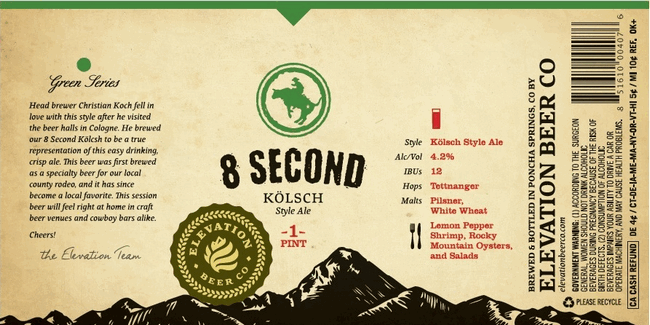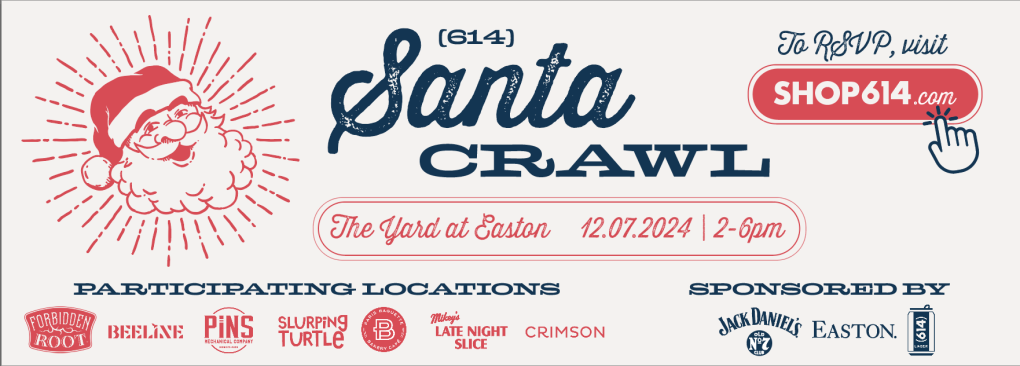Drink614: What do ABVs and IBUs mean to you?

Self-proclaimed beer aficionado [/su_testimonial]
Two things you’ll see on a craft beer label will be the ABV and the IBUs. They’re both pretty important in the grand scheme of beer, but you shouldn’t use either figure to determine which beer you’ll like. A higher ABV doesn’t mean a beer tastes better, and if you’re splitting hairs over a 6% ABV verses 8%, well, you’re not going to feel that much of a difference in terms of a buzz. The funny thing about beer and ABV is that most higher ABV beers are also much higher in calories and residual sugars. Yeast doesn’t break down the complex sugars that a mash extracts from grain, so you have to add more grain to boost the ABV. That means you boost unfermentable sugars as well. This is why Higher ABV beers are called “High Gravity”.
That’s where IBUs get confusing. A low ABV beer with an IBU score of 30, might seem pretty bitter, where a very high ABV beer with an IBU of 60 might seem cloyingly sweet. IBU stands for International Bitterness Units, and it’s a reference to the amount of alpha acids extracted from hops. Rather than trying to figure out how to interpret that figure, it’s best just to get a sample of the beer and see if you like it. What you perceive as bitter or sweet is a complex dance between the sugar and those alpha acids.
If you’re trying to evaluate a brewer’s skills, you should steer clear of the high ABV/IBU beers, and look for something light and clean. Lower ABV beers are very easy to screw up because there just aren’t as many residual sugars and proteins in solution to hide flaws. This is why seasoned beer geeks adore Wolf’s Ridge Clear Sky cream ale and Sideswipe’s Sexy Weekend American table beer. It’s also why Four String has been making some noise with Hilltop Lager, and Actual had a strong run with Photon.
Either way. don’t let numbers that mean more to scientists get in the way of enjoying beer. It’s just not worth it.
BROUGHT TO YOU BY



